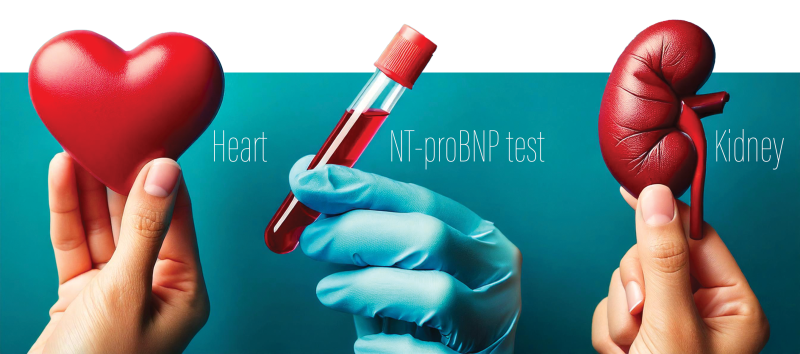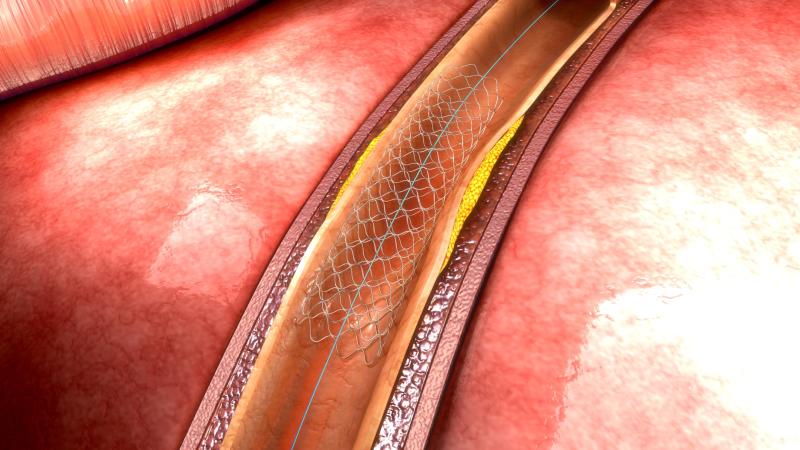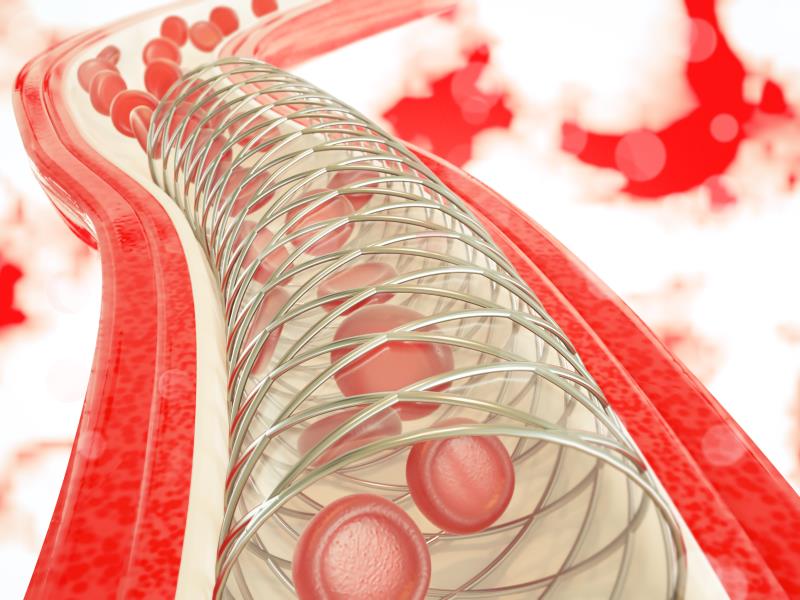Content:
Overview
Content on this page:
Overview
History and Physical Examination
Diagnosis
Management
Content on this page:
Overview
History and Physical Examination
Diagnosis
Management
Overview
Chronic coronary syndrome is a clinical syndrome resulting from structural and/or functional changes related to chronic diseases of the coronary arteries and/or microcirculation leading to transient, reversible myocardial demand versus blood supply mismatch culminating in hypoperfusion (ischemia) usually but not always precipitated by exertion, emotion or other stress and presenting as angina or constricting discomfort in the chest, neck, jaw, shoulder, back or arms, dyspnea or may be asymptomatic, as stated in the Introduction section.
Chronic coronary syndromes are the leading cause of death worldwide. A detailed discussion about the prevalence of chronic coronary syndromes is in the Epidemiology section.
Chronic coronary syndromes can be attributed to myocardial ischemia, of which atherosclerotic coronary artery disease is the most common cause. Discussion on these causes is in the Etiology section.
 Chronic Coronary Syndromes_Disease Summary
Chronic Coronary Syndromes_Disease Summary
The Pathophysiology section states that chronic coronary syndromes are due to inadequate blood supply to the myocardium as a result of obstruction of the epicardial coronary arteries, usually resulting from atherosclerosis. The pathogenic mechanisms of chronic coronary syndromes are discussed in this section.
The Risk Factors section lists the factors contributing to ischemic heart disease and chronic coronary syndrome.
The Canadian Cardiovascular Society Classification in assessing the severity of angina and the categories of chronic coronary syndromes based on the 2023 American Heart Association (AHA)/American College of Cardiology (ACC)/American College of Clinical Pharmacy (ACCP)/American Society for Preventive Cardiology (ASPC)/National Lipid Association (NLA)/Preventive Cardiovascular Nurses Association (PCNA) guideline are discussed in the Classification section.
Chronic coronary syndromes are the leading cause of death worldwide. A detailed discussion about the prevalence of chronic coronary syndromes is in the Epidemiology section.
Chronic coronary syndromes can be attributed to myocardial ischemia, of which atherosclerotic coronary artery disease is the most common cause. Discussion on these causes is in the Etiology section.
 Chronic Coronary Syndromes_Disease Summary
Chronic Coronary Syndromes_Disease SummaryThe Pathophysiology section states that chronic coronary syndromes are due to inadequate blood supply to the myocardium as a result of obstruction of the epicardial coronary arteries, usually resulting from atherosclerosis. The pathogenic mechanisms of chronic coronary syndromes are discussed in this section.
The Risk Factors section lists the factors contributing to ischemic heart disease and chronic coronary syndrome.
The Canadian Cardiovascular Society Classification in assessing the severity of angina and the categories of chronic coronary syndromes based on the 2023 American Heart Association (AHA)/American College of Cardiology (ACC)/American College of Clinical Pharmacy (ACCP)/American Society for Preventive Cardiology (ASPC)/National Lipid Association (NLA)/Preventive Cardiovascular Nurses Association (PCNA) guideline are discussed in the Classification section.
History and Physical Examination
The Clinical Presentation section emphasizes the importance of a good history and clinical examination in the evaluation of a patient with chest pain and/or dyspnea for the diagnosis of chronic coronary syndromes. This is further explained in the History and Physical examination section.
Diagnosis
The Screening section features risk stratifications to assess the risk for cardiovascular events and the likelihood of obstructive atherosclerotic coronary artery disease in the management of chronic coronary syndromes.
Discussion on laboratory tests that could provide information related to the possible causes, risk factors and prognosis of patients assessed for chronic coronary syndromes is in the Laboratory Tests and Ancillaries section.
The Imaging section consists of diagnostic tests used to evaluate patients with suspected heart disease which includes non-invasive and invasive cardiac investigations in the evaluation of chronic coronary syndromes.
Other diseases that can present with non-ischemic chest pain are listed in the Differential Diagnosis section.
Discussion on laboratory tests that could provide information related to the possible causes, risk factors and prognosis of patients assessed for chronic coronary syndromes is in the Laboratory Tests and Ancillaries section.
The Imaging section consists of diagnostic tests used to evaluate patients with suspected heart disease which includes non-invasive and invasive cardiac investigations in the evaluation of chronic coronary syndromes.
Other diseases that can present with non-ischemic chest pain are listed in the Differential Diagnosis section.
Management
The first step in the management of patients suspected of chronic coronary syndromes is a general clinical evaluation focusing on assessment of signs and symptoms of chronic coronary syndromes, differentiating non-cardiac causes of chest pain and excluding acute coronary syndrome, as stated in the Evaluation section.
General therapy principles and goals of therapy for chronic coronary syndromes are in the Principles of Therapy section.
The Pharmacological therapy section discusses in detail the therapy options in chronic coronary syndromes based on risk factor modification, reduction of incidence of adverse cardiac events, reduction of ischemia and relief of symptoms, and in patients unresponsive to initial therapy.
The Nonpharmacological therapy section includes lifestyle modification such as dietary therapy, smoking cessation, physical activity, cardiac rehabilitation, and weight management in the management of chronic coronary syndrome. The importance of educating the patient about the etiology, manifestations, provoking factors, treatment options and prognosis of chronic coronary syndromes and ischemic heart disease aims to encourage active participation of the patients in their treatment decisions, is emphasized in this section.
Revascularization, percutaneous coronary intervention (PCI) and coronary artery bypass graft (CABG) as treatment options in chronic coronary syndromes are discussed in the Surgery section.
The Monitoring section explains follow-up and periodic screening in the management of chronic coronary syndromes.
General therapy principles and goals of therapy for chronic coronary syndromes are in the Principles of Therapy section.
The Pharmacological therapy section discusses in detail the therapy options in chronic coronary syndromes based on risk factor modification, reduction of incidence of adverse cardiac events, reduction of ischemia and relief of symptoms, and in patients unresponsive to initial therapy.
The Nonpharmacological therapy section includes lifestyle modification such as dietary therapy, smoking cessation, physical activity, cardiac rehabilitation, and weight management in the management of chronic coronary syndrome. The importance of educating the patient about the etiology, manifestations, provoking factors, treatment options and prognosis of chronic coronary syndromes and ischemic heart disease aims to encourage active participation of the patients in their treatment decisions, is emphasized in this section.
Revascularization, percutaneous coronary intervention (PCI) and coronary artery bypass graft (CABG) as treatment options in chronic coronary syndromes are discussed in the Surgery section.
The Monitoring section explains follow-up and periodic screening in the management of chronic coronary syndromes.









